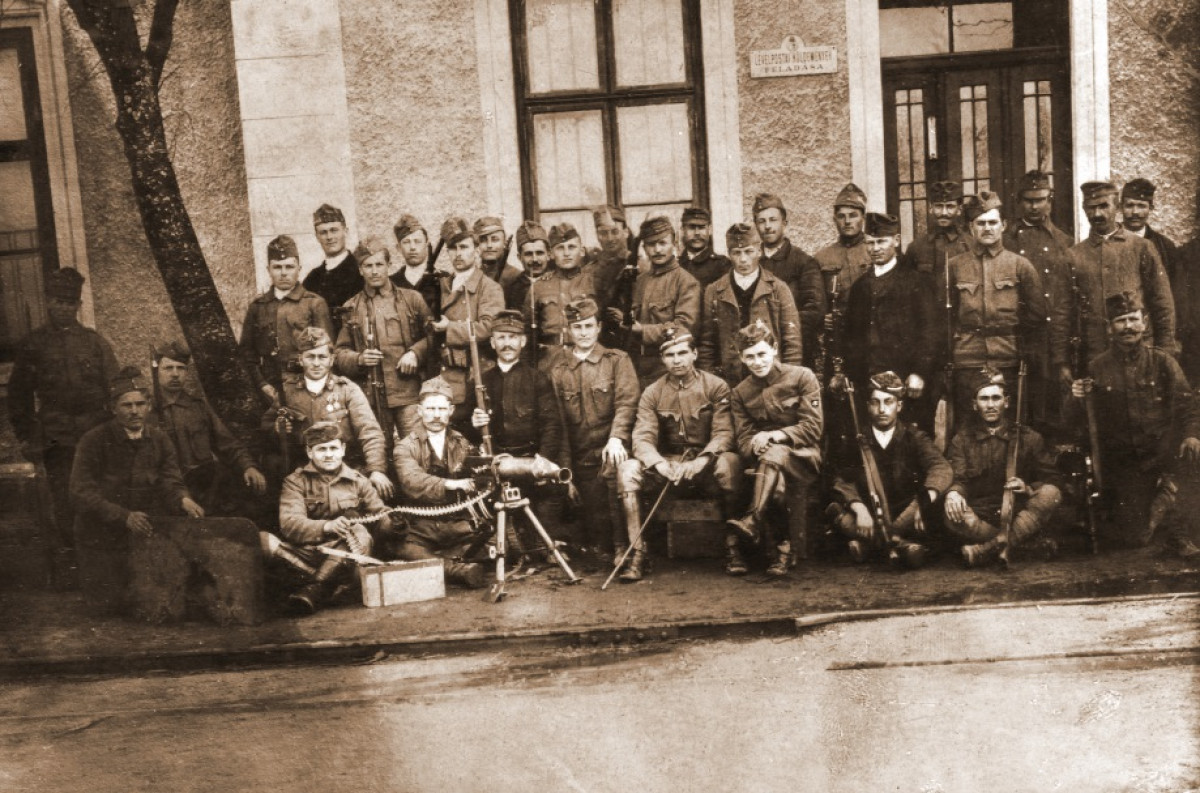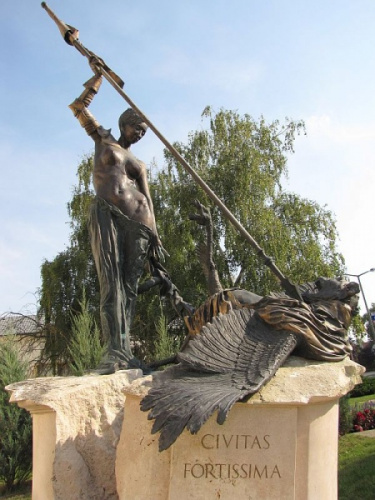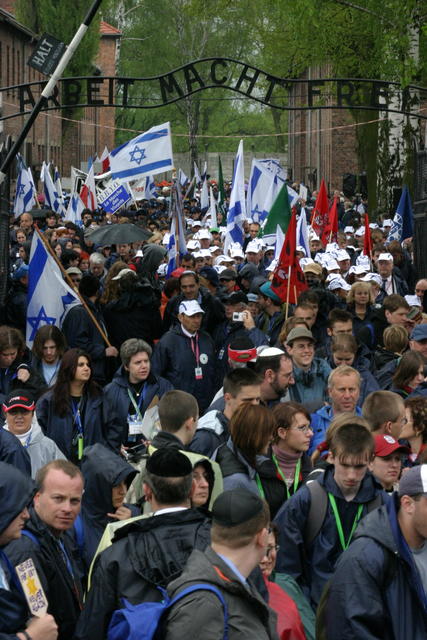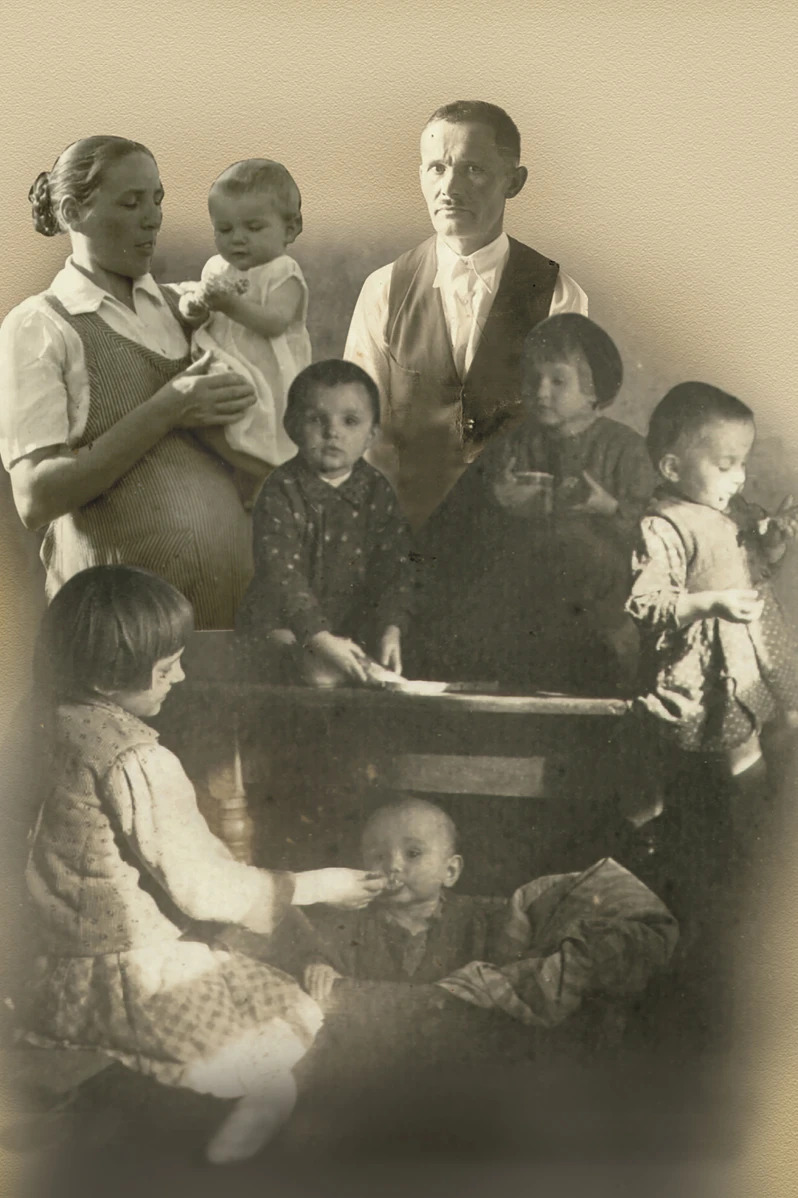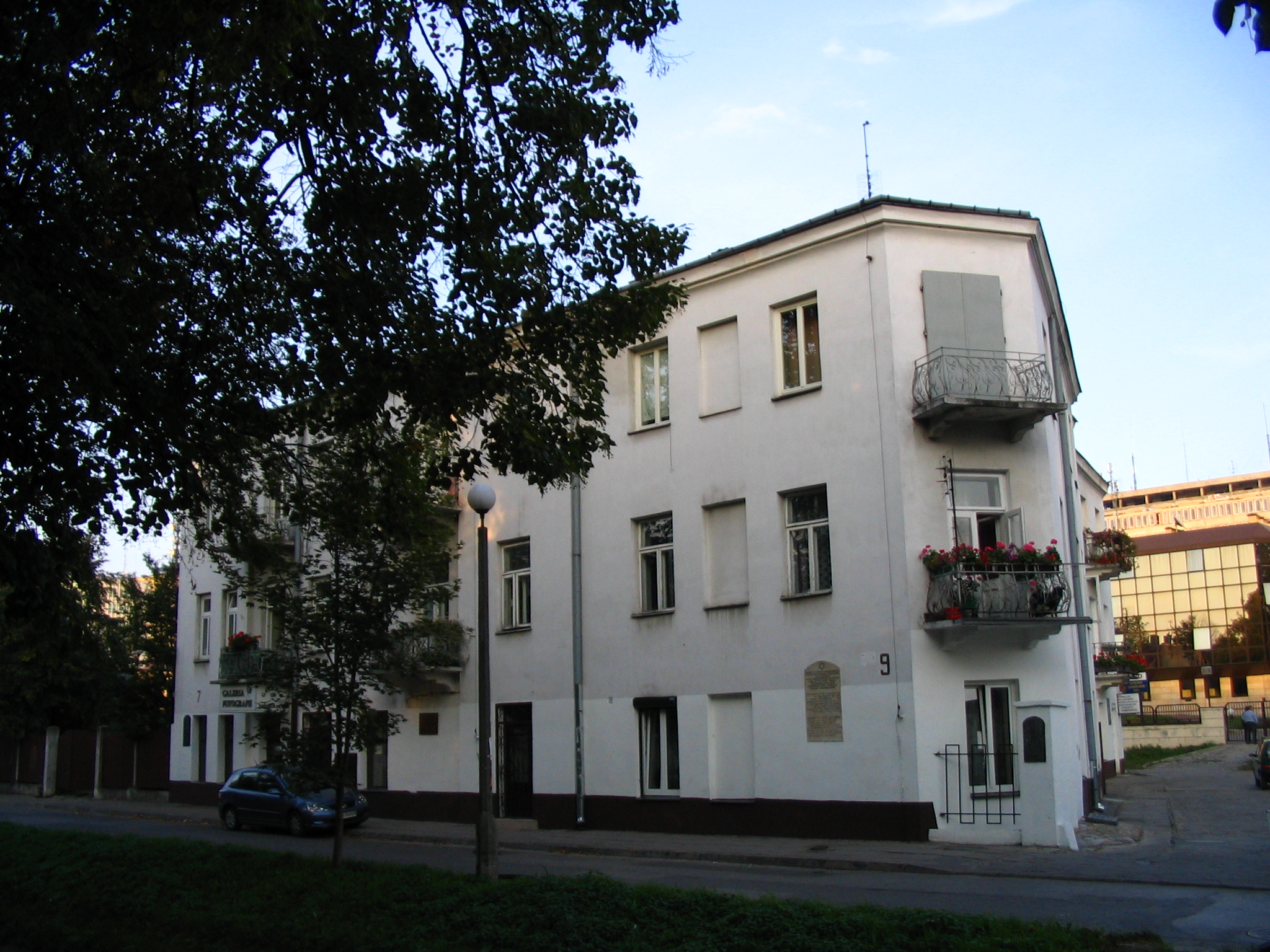Civitas fortissima – Armed resistance after the peace treaty – Balassagyarmat
Fact of the Hungarian figure „No. No. Never.” – Treaty of Trianon”
Part of the „The myth of national disaster” topic
Balassagyarmat, often referred to as Civitas Fortissima or „The Bravest City,” symbolizes Hungarian resistance in the turbulent aftermath of the Treaty of Trianon. This treaty, signed in 1920, not only redefined Hungary’s borders but also precipitated the loss of significant territories to neighboring countries. In the case of Balassagyarmat, the local population’s fierce determination to resist this outcome became a defining moment in the city’s history and a poignant example of Hungary’s broader struggle against the terms imposed by Trianon.
Located near the newly drawn border with Czechoslovakia, Balassagyarmat was initially occupied by Czechoslovak forces following the treaty. However, the citizens of Balassagyarmat, including local soldiers, police, and civilians, took up arms in January 1919 to reclaim their city from foreign control. This armed resistance was remarkable not only for its success but also for the unity and courage displayed by the town’s inhabitants. They managed to push out the Czechoslovak forces, and the city remained under Hungarian control, an act of defiance that resonated deeply in Hungary’s national consciousness. The successful defense of Balassagyarmat, despite overwhelming odds, earned the town its title of Civitas Fortissima.
While many regions succumbed to the new borders established by Trianon, the events in Balassagyarmat demonstrated that some communities were willing to fight to retain their Hungarian identity and sovereignty. This resistance also highlighted the complexities and volatility of Central Europe’s post-World War I environment, where newly established states like Czechoslovakia were often in conflict with neighboring populations who suddenly found themselves part of a different country.
The armed struggle in Balassagyarmat also reflected the broader tensions between Hungary and its neighbors, tensions that were worsened by the imposition of new borders. While the Treaty of Trianon aimed to stabilize the region by establishing nation-states along ethnic lines, it frequently resulted in further conflicts, as many ethnic Hungarians found themselves in foreign states, igniting a sense of injustice and a desire for revision.
